Proper skin cleansing isn’t just a routine; it’s a ritual of self-care that lies at the heart of every woman’s beauty journey. If you’re anything like me, you’ve tried an array of products, listened to endless advice, and perhaps even had your fair share of skincare mishaps.
This guide is my attempt to demystify the world of facial skin cleansing and to answer the fundamental question: How to properly cleanse my skin? We’ll explore the depths of skin cleansing, exploring the intricacies of various products, the potential of tools and techniques, and the individual needs of different skin types.
Busy? Save this pin for later.
Understanding Skin Cleansing
Skin cleansing is the cornerstone of any effective skincare routine, and it’s more than just a step; it’s a nurturing act of self-love. It’s about recognizing that our skin, the body’s largest organ, deserves care and attention.
With daily exposure to environmental pollutants, makeup, and impurities, our skin can benefit greatly from the right cleansing practices.
Facial skin cleansing, in particular, is the gateway to achieving healthy, radiant skin. It’s a delicate dance between ridding the skin of unwanted impurities while preserving its natural balance.
But what sets deep skin cleansing apart from the regular cleanse we perform in the morning and evening? Deep cleansing goes the extra mile, targeting those hidden impurities, excess oils, and dead skin cells that regular cleansing may miss.
Understanding the art of skin cleansing involves recognizing your unique skin type, its specific needs, and the benefits of a routine that goes beyond the basics.
A proper skin cleansing routine isn’t just about applying products; it’s about establishing a mindful skincare practice that ensures your skin remains healthy and beautiful.
Choosing the Right Cleansing Products
There’s a cleansing product for everyone, no matter your skin type or preferences. From skin cleansing oil to foams and convenient wipes, the options are as diverse as our individual skin needs.
Skin cleansing oil, with its nourishing and hydrating properties, is a wonderful choice for those seeking a deep cleanse that doesn’t strip away natural oils. This type of cleanser works brilliantly for various skin types, from dry to sensitive. However, it’s not the only option available. Skin cleansing foams are excellent for individuals who prefer a lighter texture and the sensation of a gentle lather.
For those with oily skin, fear not—there are products designed specifically for you. Oil-based cleansers, surprisingly, can work wonders even for those with excess oil. They help dissolve and remove sebum effectively.
The key to successful skin cleansing lies in selecting the right products. Whether you’re searching for a hydrating cleanser, a mattifying foam, or makeup-removing wipes, your choice of skincare face wash should be tailored to your unique skin needs and preferences.
Tools and Techniques for Effective Cleansing
When it comes to skin cleansing, various brushes and tools can take your routine to the next level. Here’s a step-by-step guide to understanding their usage and benefits:
1. Skin Cleansing Brushes:
These handy devices offer a deep cleanse by gently exfoliating the skin. They can help remove dead skin cells, leaving your complexion smoother and brighter.
- How to Use: Apply your chosen cleanser to your face. Turn on the cleansing brush and move it in circular motions across your face. Focus on areas prone to congestion, such as the T-zone. Be gentle to avoid over-exfoliating.
- Benefits: Skin cleansing brushes can enhance the effectiveness of your cleanser and promote better absorption of skincare products that follow.
2. Facial Rollers:
These cool, often gemstone-encrusted tools, provide a gentle massage that stimulates blood flow and reduces puffiness.
- How to Use: Apply a small amount of facial oil or serum to your face. Use the roller to gently massage your skin, working in an upward and outward motion.
- Benefits: Aside from improving blood circulation, facial rollers can help reduce inflammation, making them an excellent addition to your skincare routine.
3. Skin Cleansing Techniques:
Certain techniques, like the double cleanse, can optimize the removal of makeup and impurities.
- How to Use: Start with an oil-based cleanser to remove makeup and sunscreen. Follow with a water-based cleanser to thoroughly cleanse the skin. Gently massage each cleanser into your skin and rinse thoroughly.
- Benefits: The double cleanse ensures that every trace of makeup and debris is eliminated, setting the stage for your skincare routine.
4. Exfoliating Tools:
Exfoliation is crucial for achieving a radiant complexion. Tools like exfoliating gloves or facial scrubs can help remove dead skin cells.
- How to Use: Apply your exfoliating product to your skin or glove. Gently scrub in a circular motion. Rinse well.
- Benefits: Regular exfoliation promotes cell turnover, unclogs pores, and reveals fresher, smoother skin.
Crafting the Perfect Skin Cleansing Routine
Achieving radiant and healthy skin is a result of a well-thought-out skincare routine. Your daily skin cleansing routine is the cornerstone of this process. Here’s a step-by-step guide to help you establish a skincare routine that works wonders:
Morning Cleansing Routine:
- Rinse with Water: In the morning, start by rinsing your face with lukewarm water. This helps remove any night creams or treatments.
- Gentle Cleanser: Apply a gentle, water-based cleanser appropriate for your skin type. Gently massage it onto your skin for about 30 seconds.
- Rinse and Pat Dry: Rinse your face with water and pat it dry with a clean, soft towel.
- Toner (Optional): If you use a toner, apply it to a cotton pad and gently swipe it across your face.
Evening Cleansing Routine:
- First Cleanse (Oil-Based): Start with an oil-based cleanser, especially if you wear makeup or sunscreen. Apply it to dry skin and massage to dissolve impurities.
- Second Cleanse (Water-Based): Follow with a water-based cleanser. This ensures all traces of makeup and the initial cleanser are removed.
- Exfoliate (1-3 Times a Week): If you exfoliate, do it in the evening a couple of times a week. This helps remove dead skin cells.
- Toner (Optional): Use a toner if it’s part of your routine, but this step is optional.
- Serum and Treatment: Apply any serums or treatments prescribed by your dermatologist. These can target specific skin concerns.
- Moisturize: Apply a moisturizer to keep your skin hydrated.
- Eye Cream: If you use an eye cream, gently pat it around your eyes.
- Face Oil (Optional): If your skin benefits from a face oil, apply it as the last step in your routine.
The Significance of Double Cleansing:
Double cleansing, as performed in the evening routine, ensures that all impurities are thoroughly removed. The first cleanse (oil-based) breaks down makeup, sunscreen, and excess oils, while the second cleanse (water-based) cleans your skin. This sets the stage for effective absorption of serums and treatments.
Recommended Order of Products:
- Cleanser
- Toner (if used)
- Serum
- Moisturizer
- Eye Cream
- Face Oil (if used)
Skin Cleansing for Specific Skin Types
Our skin is as unique as we are, and the products and techniques we use should reflect this individuality. Here’s a closer look at how to cleanse based on specific skin types:
Oily Skin:
Cleanser: Use a gentle foaming or gel-based cleanser to remove excess oil without over-drying.
Toning: An alcohol-free toner can help balance the skin’s pH.
Exfoliation: Oily skin can benefit from regular exfoliation (1-3 times a week) to prevent clogged pores.
Mattifying Products: Consider oil-free or mattifying products to control shine throughout the day.
Dry Skin:
Creamy Cleanser: Opt for a creamy, hydrating cleanser that won’t strip your skin of essential oils.
Avoid Hot Water: Use lukewarm water, as hot water can further dry out your skin.
Hydration: A rich moisturizer and hydrating serum can be especially beneficial.
Gentle Exfoliation: If you exfoliate, choose a gentle option, and limit it to once a week.
Combination Skin:
Double Cleansing: For combination skin, double cleansing can be effective. Use a mild oil-based cleanser followed by a water-based one.
Balanced Products: Look for products designed for combination skin that maintain balance.
Zone-Specific Treatment: Apply treatments and moisturizers according to the needs of different zones on your face (e.g., hydrating the cheeks and oil control on the T-zone).
Sensitive Skin:
Fragrance-Free Products: Opt for fragrance-free, gentle cleansers and products.
Minimal Ingredients: Look for products with minimal ingredients to reduce the risk of irritation.
Patch Test: Always do a patch test when trying new products to ensure they don’t trigger sensitivity.
Hydration: Focus on moisturizing and hydrating products to soothe the skin.
Mature Skin:
Hydration and Nourishment: Choose products that offer hydration and nourishment to support aging skin.
Antioxidants: Look for products with antioxidants, such as vitamin C, to combat signs of aging.
Regular Exfoliation: Exfoliation can help remove dead skin cells and encourage cell turnover.
SPF Protection: Incorporate SPF into your daytime routine for protection from further damage.
By understanding your skin type and its unique needs, you can create a personalized cleansing routine that maintains balance and addresses specific concerns.
Enhancing Skin Cleansing with Oil-Based Cleansers
Oil-based cleansers have gained popularity for their unique ability to dissolve makeup, sunscreen, and excess sebum on the skin. Here, we’ll explore the benefits of oil-based cleansers and how to make the most of them in your skincare routine.
Understanding Oil-Based Cleansers:
- Oil-based cleansers are formulated with beneficial oils that help to break down and lift away oil-based impurities on your skin. They can effectively remove makeup, sunscreen, and pollutants.
- These cleansers are often gentle and don’t strip your skin of its natural oils, making them suitable for various skin types, including oily and sensitive skin.
How to Use Oil-Based Cleansers:
- Start with Dry Hands and Face: Begin with clean, dry hands and a dry face. Avoid wetting your face or hands at this stage.
- Apply the Cleanser: Dispense a small amount of the oil-based cleanser onto your dry palms and massage it onto your dry face. Gently work it into your skin, focusing on areas with makeup or sunscreen.
- Emulsify with Water: After massaging the cleanser, wet your hands and continue massaging. The water will emulsify the oil, creating a milky texture. This step further loosens impurities.
- Rinse: Rinse your face with lukewarm water. The oil-based cleanser will wash away, leaving your skin clean and refreshed.
Tips for Effective Use:
- Use an oil-based cleanser as the first step in your double cleansing routine, followed by a water-based cleanser.
- Look for oil-based cleansers with nourishing ingredients like jojoba, almond, or olive oil.
- Tailor the cleanser to your skin type and needs, whether you have dry, oily, or combination skin.
The Role of Skin Cleansing Wipes
Skin cleansing wipes are a convenient addition to any skincare routine, offering quick and efficient cleansing on the go. Here, we’ll delve into the world of cleansing wipes, exploring their uses, benefits, and how to choose the right ones for your skin.
Convenience on the Go:
- Skin cleansing wipes are pre-moistened towelettes designed for swift and easy cleansing. They’re a valuable addition to your skincare routine when you need a quick refresh, whether you’re traveling, at the gym, or simply on a busy day.
- These wipes can effectively remove makeup, sweat, and daily impurities without the need for water or rinsing.
Using Skin Cleansing Wipes:
- Select the Right Wipes: Choose wipes that suit your skin type and concerns. Whether you have oily, sensitive, or acne-prone skin, there’s a wipe designed for you.
- Gently Wipe the Face: Take a skin cleansing wipe and gently swipe it across your face, avoiding the eye area. Start from your forehead and move down to your neck.
- No Need to Rinse: There’s no need to rinse your face after using cleansing wipes. They are formulated to cleanse your skin without leaving any residue.
- Re-Seal the Package: To prevent the wipes from drying out, make sure to re-seal the package after each use.
Choosing the Right Wipes:
- When selecting cleansing wipes, look for options that are alcohol-free and contain ingredients suitable for your skin type. For sensitive skin, consider wipes with soothing ingredients like chamomile or aloe vera.
- Opt for wipes that are gentle yet effective at removing makeup and impurities.
Tips and Tricks for Effective Skin Cleansing
When it comes to achieving radiant and healthy skin, effective skin cleansing is just the beginning. Here are some additional tips and tricks to enhance your skincare routine:
Make It a Holistic Experience:
- Make skincare a mindful ritual. Take a few moments for yourself to relax and enjoy the process.
- Consider using natural products and tools, such as skin cleansing brushes and oil-based cleansers, to make the experience even more enjoyable.
Addressing Common Challenges:
- If you have sensitive skin, choose fragrance-free and hypoallergenic products.
- For acne-prone skin, use products with salicylic acid or benzoyl peroxide, but be gentle to avoid irritation.
- Stay consistent with your routine. The most effective skincare results come with time and dedication.
Addressing Common Skin Cleansing Concerns
Over-Cleansing and Its Effects on the Skin
Over-cleansing your skin can have negative effects on its health and appearance. Excessive cleansing can strip away the natural oils that keep your skin moisturized, leading to dryness and irritation. It can also disrupt the skin’s natural pH balance, making it more susceptible to bacteria and other impurities. Finding the right balance is key to maintaining a healthy skin barrier.
To avoid over-cleansing, it’s important to pay attention to your skin’s needs. If your skin feels tight or dry after cleansing, you may be using a cleanser that is too harsh for your skin type. Consider switching to a gentler cleanser or reducing the frequency of cleansing.
Here are some tips to prevent over-cleansing:
- Limit cleansing to twice a day, in the morning and evening.
- Use lukewarm water instead of hot water, as hot water can further dry out the skin.
- Avoid using harsh cleansers that contain sulfates or alcohol.
- Be gentle when cleansing, using light circular motions and avoiding excessive scrubbing.
Dealing with Dryness or Irritation
Dryness and irritation are common concerns when it comes to skin cleansing. Moisturizing is key to combatting these issues. Look for cleansers that contain hydrating ingredients like hyaluronic acid or glycerin. These ingredients help to replenish moisture and soothe the skin.
In addition to using a moisturizing cleanser, it’s important to avoid over-cleansing. Over-cleansing can strip the skin of its natural oils, leading to further dryness and irritation. Stick to cleansing your skin once or twice a day, depending on your skin type and needs.
Here are some tips to help alleviate dryness and irritation:
- After cleansing, pat your skin dry gently with a soft towel instead of rubbing vigorously.
- Apply a hydrating toner or serum after cleansing to further boost moisture.
- Avoid using hot water when cleansing, as it can further dry out the skin.
- If you have sensitive skin, opt for fragrance-free cleansers to minimize potential irritation.
Cleansing for Acne-Prone Skin
If you have acne-prone skin, it’s important to choose a cleanser that is specifically formulated to target acne and help control breakouts. Look for cleansers that contain salicylic acid or benzoyl peroxide, as these ingredients can help unclog pores and reduce inflammation. Additionally, consider using a gentle cleanser that won’t strip your skin of its natural oils, as over-drying can actually worsen acne. Here are some tips for cleansing acne-prone skin:
- Cleanse twice a day: Wash your face in the morning and evening to remove excess oil, dirt, and bacteria.
- Avoid harsh scrubbing: Gentle, circular motions are best to avoid irritating the skin.
- Pat dry: Instead of rubbing your face with a towel, gently pat it dry to avoid further irritation.
Frequently Asked Questions
How often should I cleanse my skin?
It is recommended to cleanse your skin twice a day, once in the morning and once in the evening.
Can I use the same cleanser for my face and body?
While it is possible to use the same cleanser for both your face and body, it is generally recommended to use a separate cleanser for your face, as the skin on your face is more sensitive and may require a gentler formula.
Should I cleanse my skin before or after exfoliating?
It is best to cleanse your skin before exfoliating to remove any dirt, oil, and makeup that may be on the surface of your skin. Exfoliating on clean skin allows for better penetration of the exfoliating product.
Can I use a cleanser if I have dry skin?
Yes, you can use a cleanser if you have dry skin. Look for a cleanser that is gentle and hydrating, and avoid cleansers that contain harsh ingredients or fragrances that can further dry out your skin.
Is it necessary to double cleanse?
Double cleansing is not necessary for everyone, but it can be beneficial for those who wear heavy makeup or sunscreen, have oily or acne-prone skin, or live in a polluted environment. Double cleansing involves using an oil-based cleanser to remove makeup and impurities, followed by a water-based cleanser to cleanse the skin.
Can I cleanse my skin with just water?
While water alone can help remove some dirt and oil from the surface of your skin, it is generally recommended to use a cleanser to effectively remove impurities and maintain a healthy skin barrier.


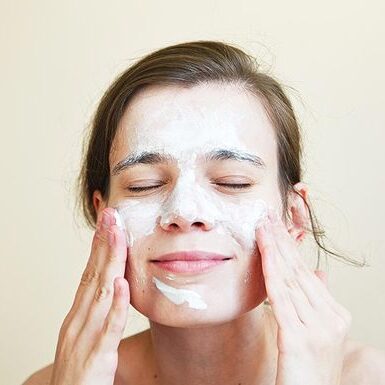
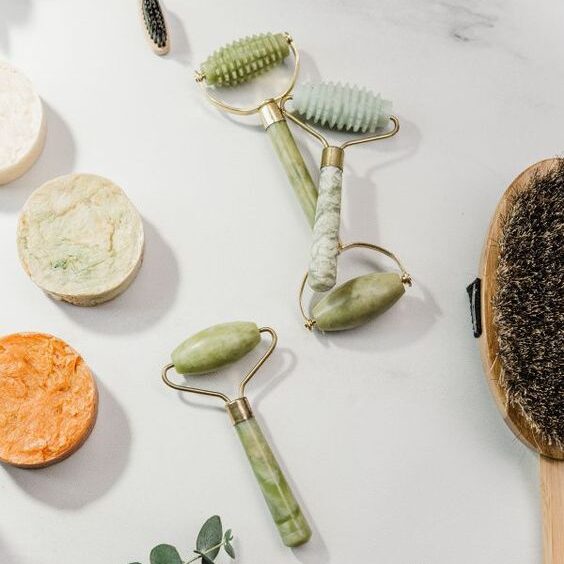


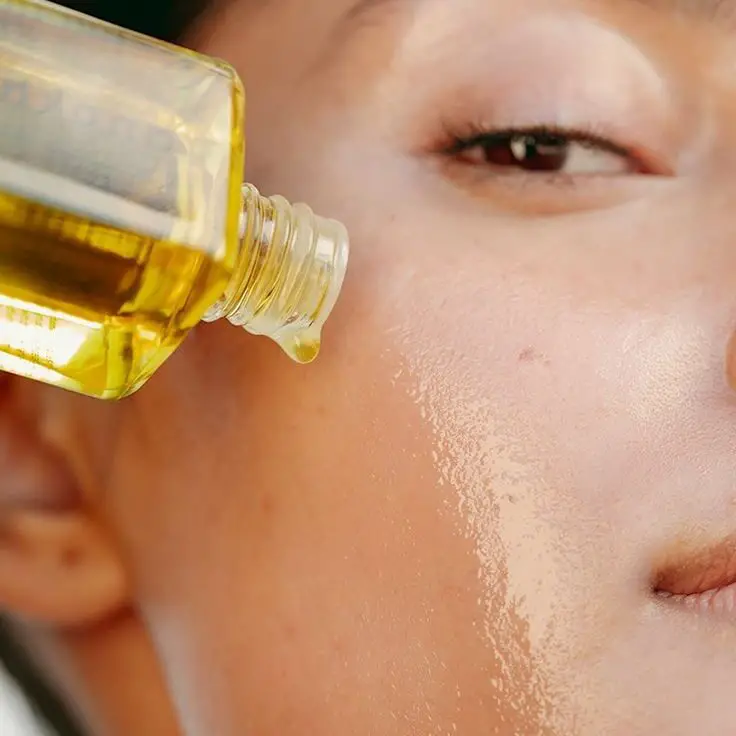
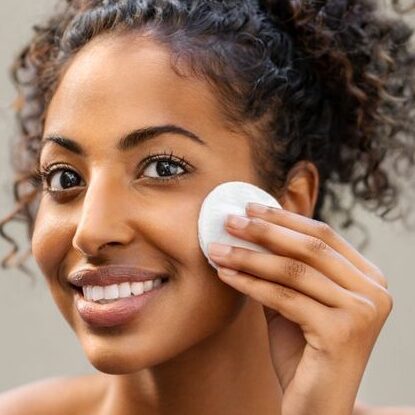


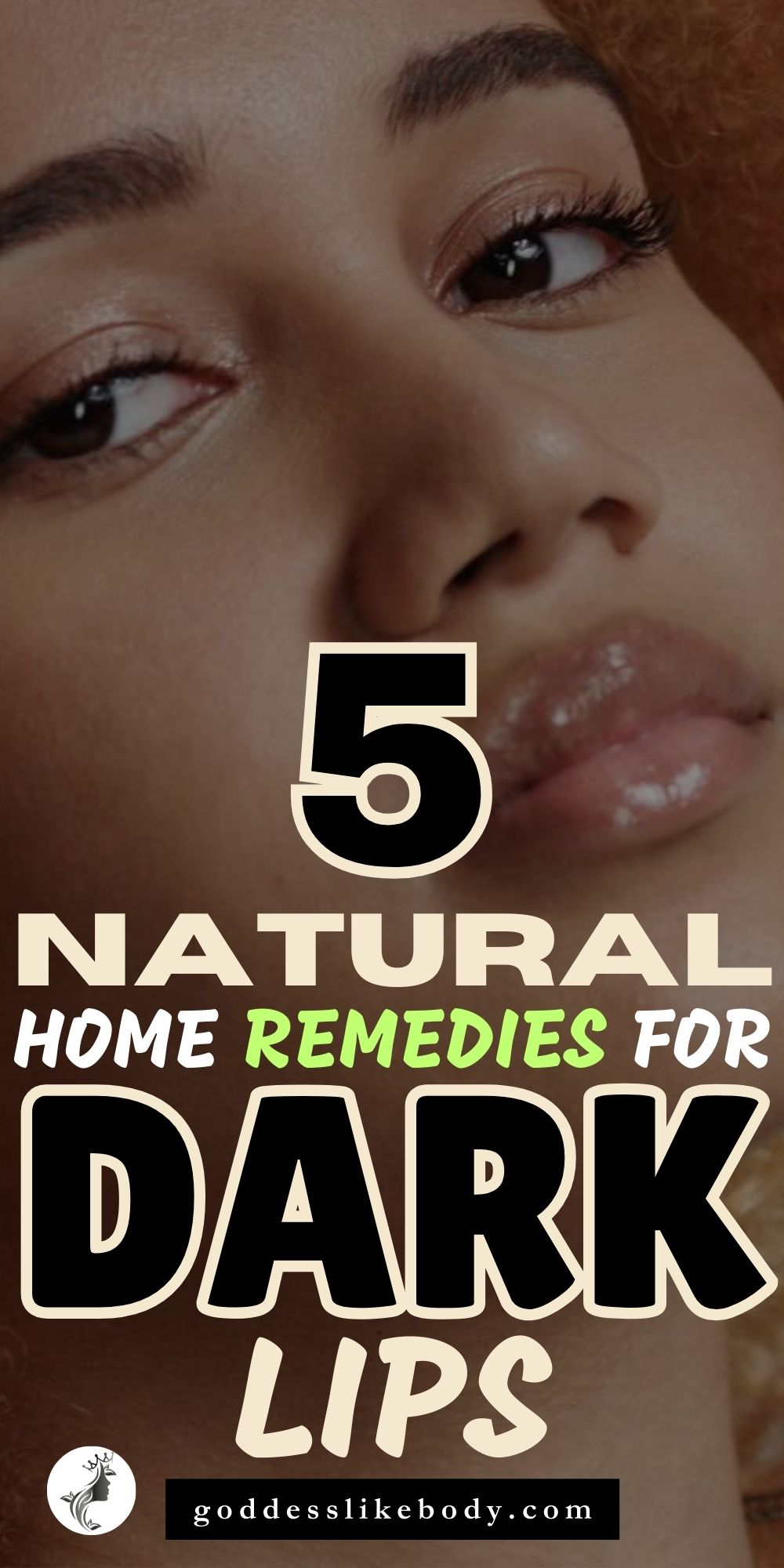

Leave a Reply
You must be logged in to post a comment.